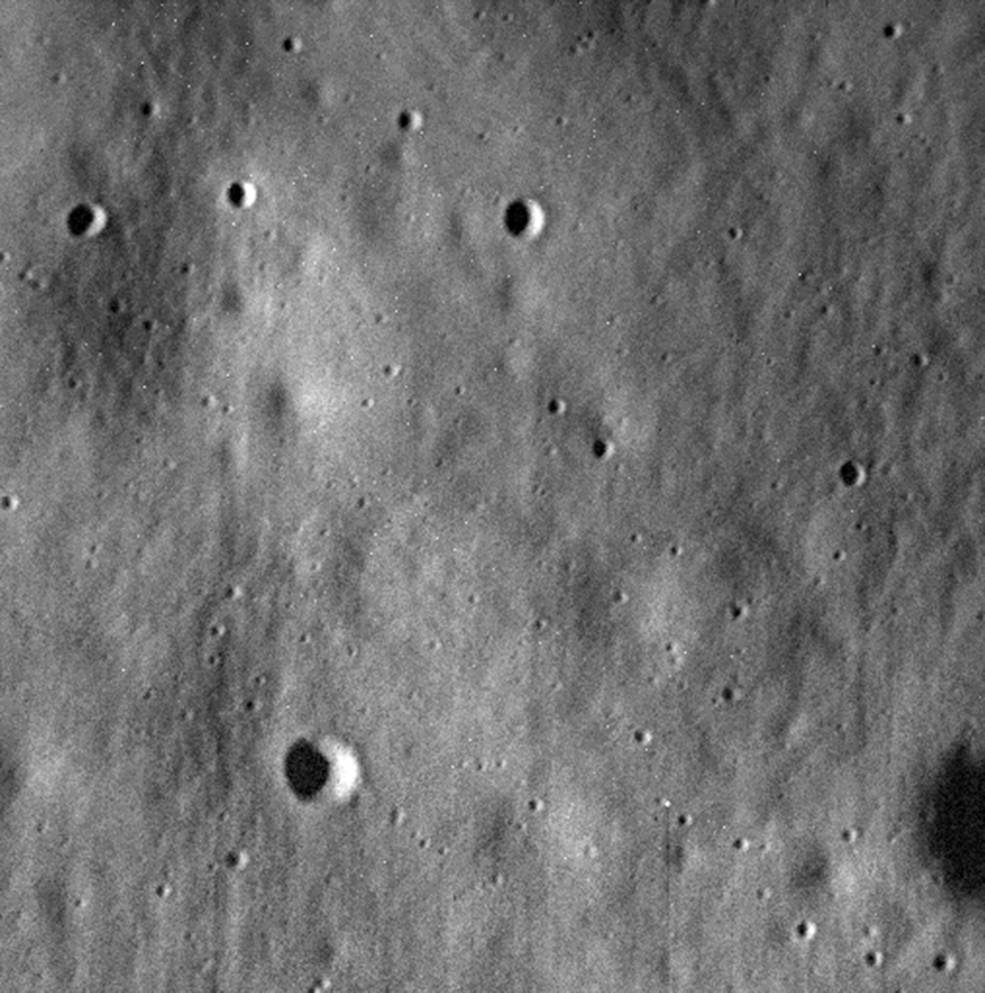A Short History of Epically Destroying Spacecraft in the Name of Science
Cassini isn’t the first space probe to go out in a blaze of glory—and it won’t be the last.

After 20 years of hurtling through space, Cassini is now nothing but molecules scattered in the Saturnine atmosphere. The satellite had a epic, productive life. It deposited a probe on Titan, flew through icy plumes of vapor erupting from Enceladus, gave us the first view from inside Saturn’s rings, and told us more than we could ever have imagined about the second-largest planet in our solar system. To avoid contaminating any of Saturn’s potentially life-hosting moons with hitchhiking Earth bacteria, Cassini was maneuvered to make a final, fatal plunge into the gas giant’s atmosphere, where it was vaporized, while sending valuable data back to Earth until the very end. Plenty of landers and satellites have had less dramatic ends, and now sit silently on the Moon, Mars, and even a comet. But Cassini isn’t the only spacecraft humanity has intentionally and catastrophically doomed in the name of science. Here are the some of the most spectacular, destructive, data-generating unmanned space missions.

The Venera Missions
From the 1960s to the 1980s, the Russian Venera missions traveled to Venus with orbiters, probes, and landers to learn more about our hot neighbor’s mysterious surface and thick, obscuring atmosphere. Unlike several landers sent to Mars, the Venera landers weren’t designed to roll around. They stayed put and transmitted data for as long as they could. Venera 13 lasted the longest—127 minutes. That’s pretty good, considering the surface temperature on the planet is roughly 900 degrees Fahrenheit and the atmospheric pressure is 90 times Earth’s. Before the landers dropped their connections and were crushed by the atmosphere, they did manage to take photos, acquire data on atmospheric composition, and analyze some soil. They may not gone up in flames, but being crushed by a planet’s atmosphere in a rain of hot sulfuric acid is an epic way to go.

Galileo
After 13 years in space, full of mishaps and magnificent discoveries, NASA’s Galileo satellite was limping along, low on fuel and riddled with radiation damage. Much like Cassini, the Galileo mission had discovered conditions on one of another planet’s moons (Jupiter, in this case) that potentially could support life. In 2003, the satellite made a planned descent into Jupiter’s atmosphere at about 108,000 miles per hour, and was incinerated.

Deep Impact
Launched in 2005, the Deep Impact probe was designed to study Tempel 1, a small comet that orbits the Sun every five and a half years. Deep Impact itself didn’t collide with the hunk of rock and ice, but instead released a special impactor that slammed into Tempel 1 at a brisk 23,000 miles per hour. The resulting crater allowed scientists to look for clues about the solar system’s early days, when the comet formed. The impactor sent back images up until three seconds before contact, while Deep Impact captured the event from afar. Deep Impact went on to fly by two more comets before scientists lost contact in 2013 thanks to a computer glitch. It’s still drifting out there somewhere.

A Bunch of Missions to the Moon
The Moon’s proximity made it an obvious first choice for extraplanetary exploration. As a result, we’ve left a lot of unmanned junk on our planet’s rocky companion. Russia started the trend when it crashed Luna 2 into the surface in 1959, and the United States got in on the action in 1962 when Ranger 4 slammed into the lunar surface. Since then, humans have intentionally crashed plenty of rocket boosters, probes, satellites, and impactors into the Moon, often to test equipment or simulate meteor impacts. More recent collisions include Lunar Prospector in 1999 and LCROSS in 2009, which were both done in search of lunar water—only LCROSS was successful.

MESSENGER
Just over 10 years after it launched, the first probe to orbit Mercury ran out of fuel. MESSENGER’s orbit decayed over time, but it kept sending images and data to scientists. Its last images of Mercury’s surface were delivered on April 30, 2015, eight hours before it crashed to the surface. Future missions to Mercury will look for MESSENGER’s impact crater, which should help scientists better understand just how much Mercury’s surface changes over time thanks to space weather.

Mariner 9 and Juno
Cassini won’t be the last solar system satellite to meet this fate. Mariner 9, which reached Mars in 1971, is for the moment still lifelessly orbiting our neighbor. The satellite was turned off in late 1972, after having mapped the Martian surface, when it ran out of power, but it’s expected to enter Mars’s atmosphere in 2022. And Juno, the successor to the Galileo mission, will someday have to burn up in Jupiter’s atmosphere, for the same reason as Cassini, to protect any extraterrestrials that, in Juno’s case, may be swimming in the oceans of Europa.






















Follow us on Twitter to get the latest on the world's hidden wonders.
Like us on Facebook to get the latest on the world's hidden wonders.
Follow us on Twitter Like us on Facebook